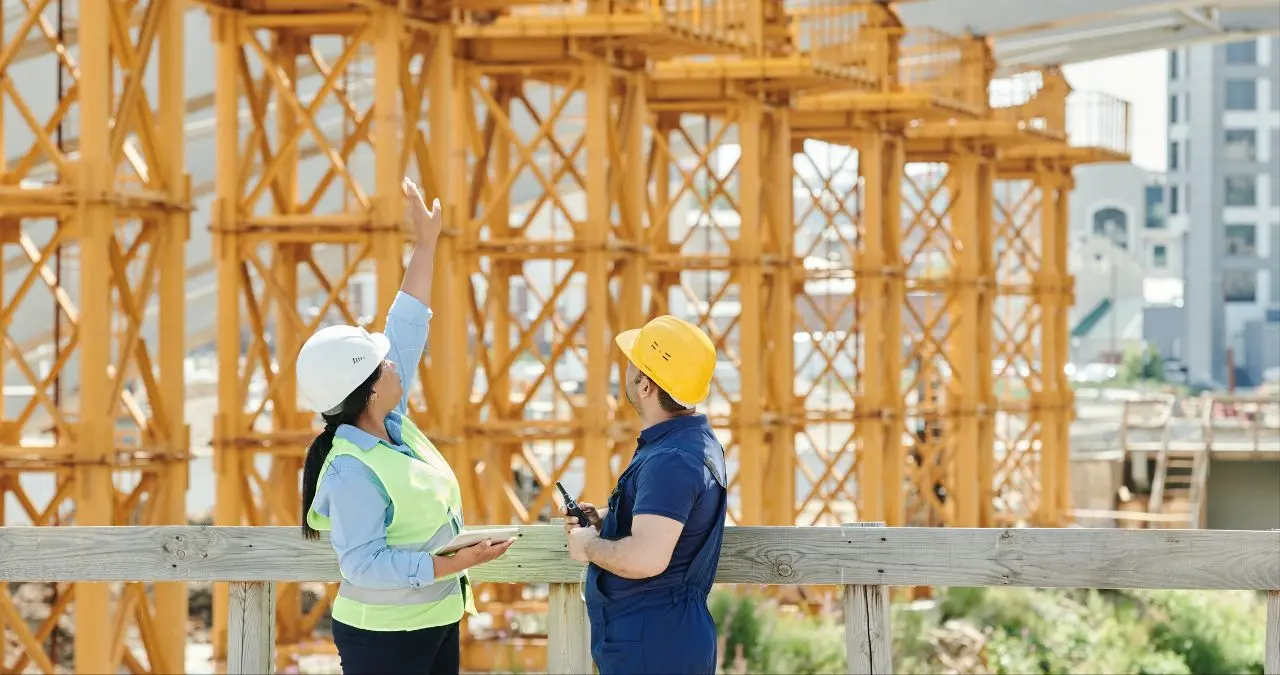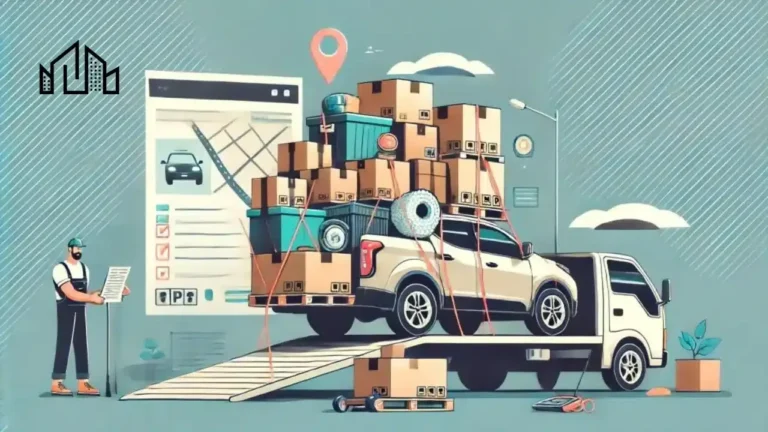Does Construction Cause Pests to Be More Active
Construction projects, whether in urban or rural areas, can significantly impact the local ecosystem. One of the most noticeable effects is on pest activity. Many homeowners and businesses near construction sites often wonder: does construction cause pests to be more active? In this comprehensive guide, we’ll explore the relationship between construction and pest activity, examining the various factors that contribute to increased pest presence during and after construction projects.
The Link Between Construction and Pest Activity
Understanding Pest Behavior
Before delving into how construction affects pest activity, it’s essential to understand basic pest behavior. Pests, like all living creatures, have three primary needs:
- Food
- Water
- Shelter
When these needs are met, pests thrive and multiply. Construction projects can disrupt pest habitats and food sources, leading to increased pest activity in surrounding areas.
How Construction Disrupts Pest Habitats
Construction activities often involve:
- Land clearing
- Excavation
- Demolition of existing structures
These processes can destroy or disturb the natural habitats of various pests, forcing them to seek new homes. As a result, nearby properties may experience an influx of displaced pests.
Types of Pests Affected by Construction
Different pests react to construction in various ways. Let’s examine some common pests and how construction impacts their activity levels.
Rodents
Rats and mice are among the most common pests affected by construction. Does construction cause pests to be more active, particularly rodents? The answer is often yes, for several reasons:
- Displacement: As their burrows and nests are destroyed, rodents seek new shelter in nearby buildings.
- Food source disruption: Construction can unearth hidden food sources, temporarily increasing the rodent population.
- Water accumulation: Construction sites often have standing water, attracting rodents.
Insects
Various insects, including ants, cockroaches, and termites, can become more active during construction. Here’s how:
- Ants: Soil disturbance can destroy ant colonies, causing them to relocate to nearby areas.
- Cockroaches: Demolition of old buildings can force cockroaches to seek new shelter.
- Termites: Exposed wood during construction can attract termites to the area.
Wildlife
Larger pests, such as raccoons, opossums, and birds, may also be affected by construction activities:
- Loss of natural habitats forces them to seek shelter in human-occupied areas.
- Construction debris can provide new nesting opportunities.
- Increased human activity may lead to more food waste, attracting wildlife.
Factors That Contribute to Increased Pest Activity During Construction
Several factors contribute to the question, “Does construction cause pests to be more active?” Let’s explore these in detail:
1. Habitat Destruction
Construction often involves clearing land and removing vegetation, which can:
- Destroy existing pest habitats
- Force pests to relocate to nearby areas
- Create new, temporary habitats in construction materials and debris
2. Food Source Disruption
Construction activities can impact pest food sources in several ways:
- Unearthing previously inaccessible food sources
- Introducing new food sources through worker activity (e.g., food waste)
- Altering the local ecosystem, affecting the food chain
3. Water Accumulation
Construction sites often have areas where water can accumulate, such as:
- Excavation pits
- Poorly drained areas
- Containers and equipment that collect rainwater
These water sources can attract pests and provide breeding grounds for mosquitoes and other insects.
4. Increased Human Activity
Construction brings increased human presence to an area, which can lead to:
- More food waste and litter
- Disturbance of previously undisturbed areas
- Introduction of non-native species through materials brought to the site
5. Creation of New Hiding Spots
Construction materials and debris can create new hiding spots for pests:
- Piles of wood or building materials
- Stacks of cardboard or paper
- Abandoned equipment or containers
Long-term Effects of Construction on Pest Activity
While the immediate impact of construction on pest activity is often noticeable, there can also be long-term effects:
Changes in Local Ecosystem
Construction can permanently alter the local ecosystem, leading to:
- Shifts in pest populations
- Introduction of new pest species
- Changes in predator-prey relationships
Adaptation of Pests to Urban Environments
As natural habitats are replaced with urban structures, some pests may adapt to living in close proximity to humans:
- Rats and mice becoming more accustomed to human presence
- Birds nesting on buildings instead of trees
- Insects finding new food sources in human waste
Preventing Increased Pest Activity During Construction
Now that we’ve established that construction does indeed cause pests to be more active, let’s explore some preventive measures:
For Construction Companies
- Implement proper waste management:
- Use sealed containers for food waste
- Regularly remove trash from the site
- Keep the site clean and organized
- Control water accumulation:
- Properly grade the site to prevent water pooling
- Remove standing water promptly
- Use temporary drainage solutions when necessary
- Secure building materials:
- Store materials off the ground when possible
- Keep wood and other attractive materials covered
- Regularly inspect stored materials for signs of pest activity
- Use pest-resistant materials:
- Choose treated wood products
- Seal potential entry points during construction
- Install pest barriers in foundations and walls
For Nearby Residents and Businesses
- Seal entry points:
- Inspect and repair cracks in foundations
- Ensure windows and doors are properly sealed
- Use mesh screens on vents and openings
- Maintain cleanliness:
- Keep outdoor areas free of debris
- Store garbage in sealed containers
- Remove potential food sources, such as fallen fruit or pet food
- Landscape management:
- Trim vegetation away from buildings
- Remove leaf litter and other organic debris
- Consider using pest-resistant plants
- Professional pest control:
- Consider hiring a pest control service for preventive treatments
- Have regular inspections to catch pest problems early
The Role of Pest Control Professionals
Given the complex relationship between construction and pest activity, pest control professionals play a crucial role in managing and preventing pest issues. Here’s how they can help:
- Pre-construction assessment:
- Identify existing pest populations
- Recommend preventive measures
- Develop a pest management plan
- Ongoing monitoring:
- Regular inspections during construction
- Early detection of pest activity
- Adjustment of pest control strategies as needed
- Post-construction treatment:
- Comprehensive pest control treatments
- Installation of long-term pest prevention measures
- Education for new occupants on pest management
Conclusion
construction activities can indeed lead to increased pest activity by disrupting their habitats and food sources. This heightened pest activity, which may include rodent infestations or wildlife encounters, can be managed through effective planning and pest control measures. For those near construction sites, being aware of this potential issue and taking preventive steps with pest control professionals can help mitigate problems. Understanding the link between construction and pest activity is key to balancing development with maintaining a pest-free environment.







